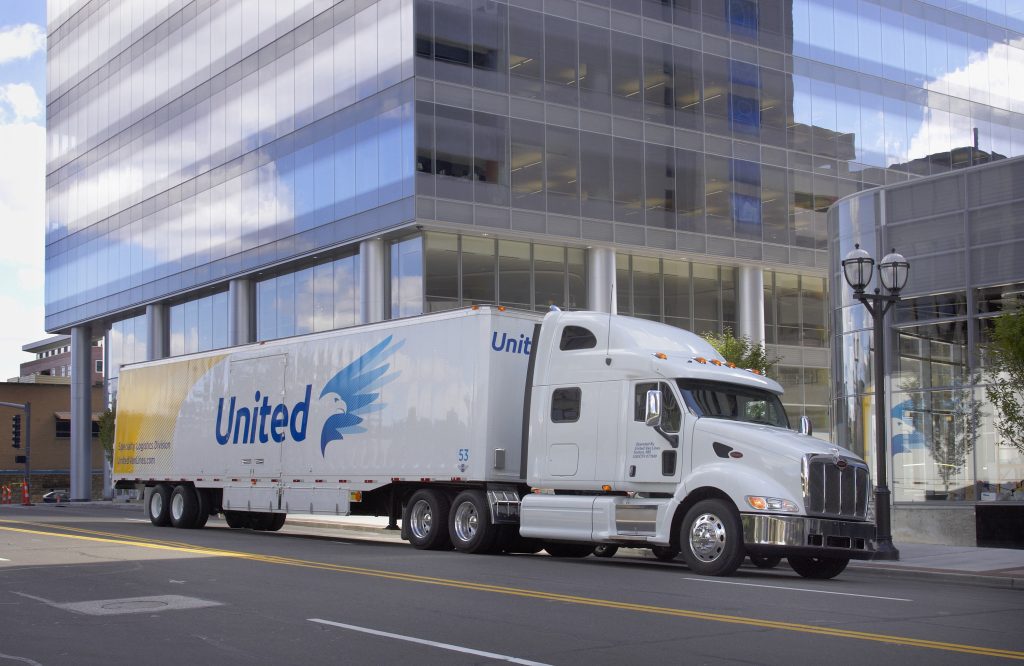Typically, moving means going from a smaller place to a bigger one. However, for various reasons, you might wind up doing the opposite. For example, perhaps you’re retiring and moving into a smaller house now that your kids are grown up. Or, maybe you’re going from living with roommates to living by yourself in a studio apartment.
Whatever the reason, downsizing can be challenging. But, as a rule, it’s much easier to expand into a space than it is to shrink into one. Fortunately, we’re here to help with a four-step plan on how to downsize your life during a move.
Step One: Separate Your Stuff Into Three Categories
The most significant aspect of downsizing is getting rid of many belongings. These items can be everything from clothes to furniture to electronics. Of course, the fewer things you have, the less you have to worry about. But, how can you know what to keep and what to toss? The quickest way is to divide your belongings into three categories:
- Must-Have – These are essential items you can’t live without (e.g., toiletries, clothing, shoes, etc.)
- Want to Have – These items might have a personal connection, or you just like having them in your home (e.g., big-screen TV, game system, rolling bar, etc.)
- Don’t Need – You should know what you can discard right away. These might be items that you don’t use anymore, or maybe they’re broken.
Ideally, you can create a complete list of your belongings and organize them into these categories. However, start with the stuff you’re sure about and leave the rest until later.
Step Two: Start Donating or Tossing Items
Anything you put on the “don’t need” list should get discarded right away. If the item is still in good condition, you can try selling or donating it. As a rule, selling used belongings online is not the money-making opportunity it might seem to be at first. Plan to take days or weeks to find a buyer, if anyone is willing to take it at all. After that, you might have to settle for donating the piece or throwing it away as a last resort.
Step Three: Pack Up All Non-Essentials
In this step, you’re not getting rid of anything right away. Instead, you’re packing up all or most of the items on the “want to have” list. This step aims to help you recognize the real reason you want to have a specific piece. In some cases, the reason may be subjective, such as a memory or feeling tied to the item. In other instances, you might be holding onto it because you think you’ll need it someday.
By packing these belongings up first, you can determine how much impact they have on your life. If you aren’t searching for or thinking about an item after a couple of weeks (or months, depending on your timeline), perhaps it should go to the “don’t need” column.
Step Four: Reassess Your Lists
After packing up your non-essentials, you can revisit your list and determine if you have to make any changes. From there, you can donate or discard anything that shifted to the “don’t need” column. Often, by putting these items out of sight and mind, it’s much easier to let go of them later.
Don’t Move By Yourself! Let Us Help!
Whether you’re moving a ton of stuff or just a few boxes, having professional help can make the process much smoother. Contact us today to see how we can make your downsizing experience more enjoyable.



